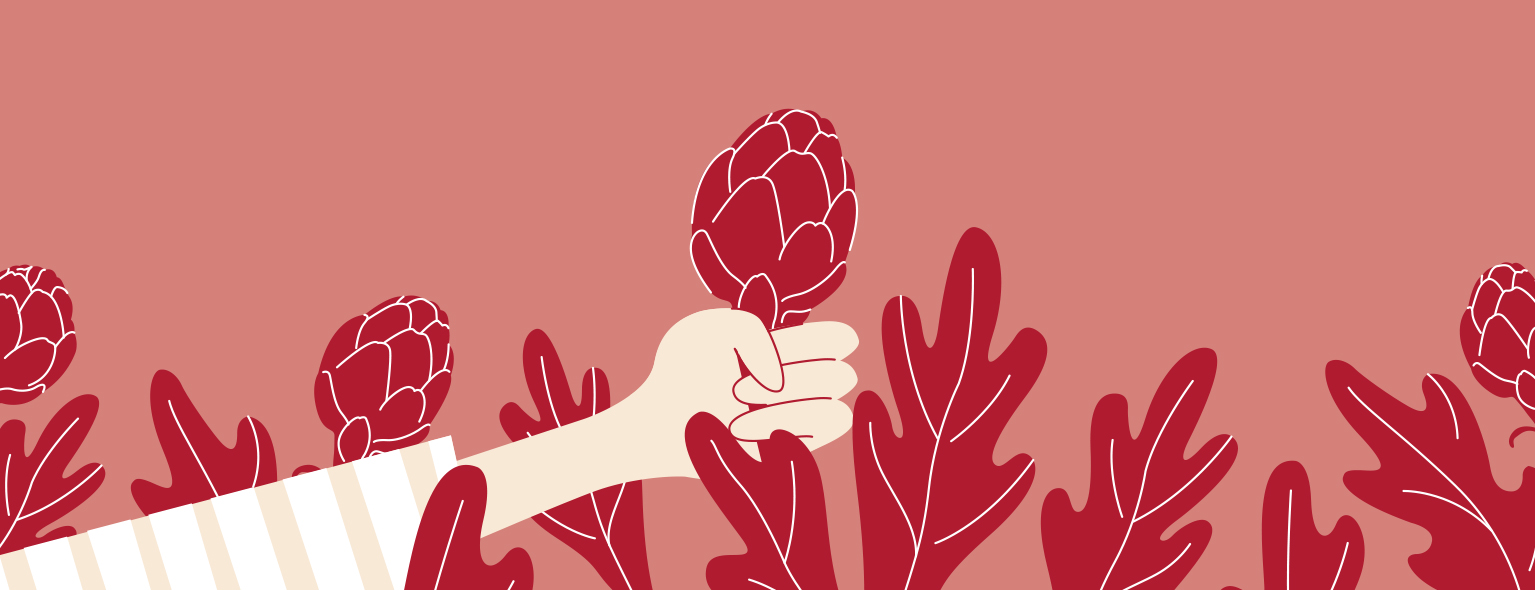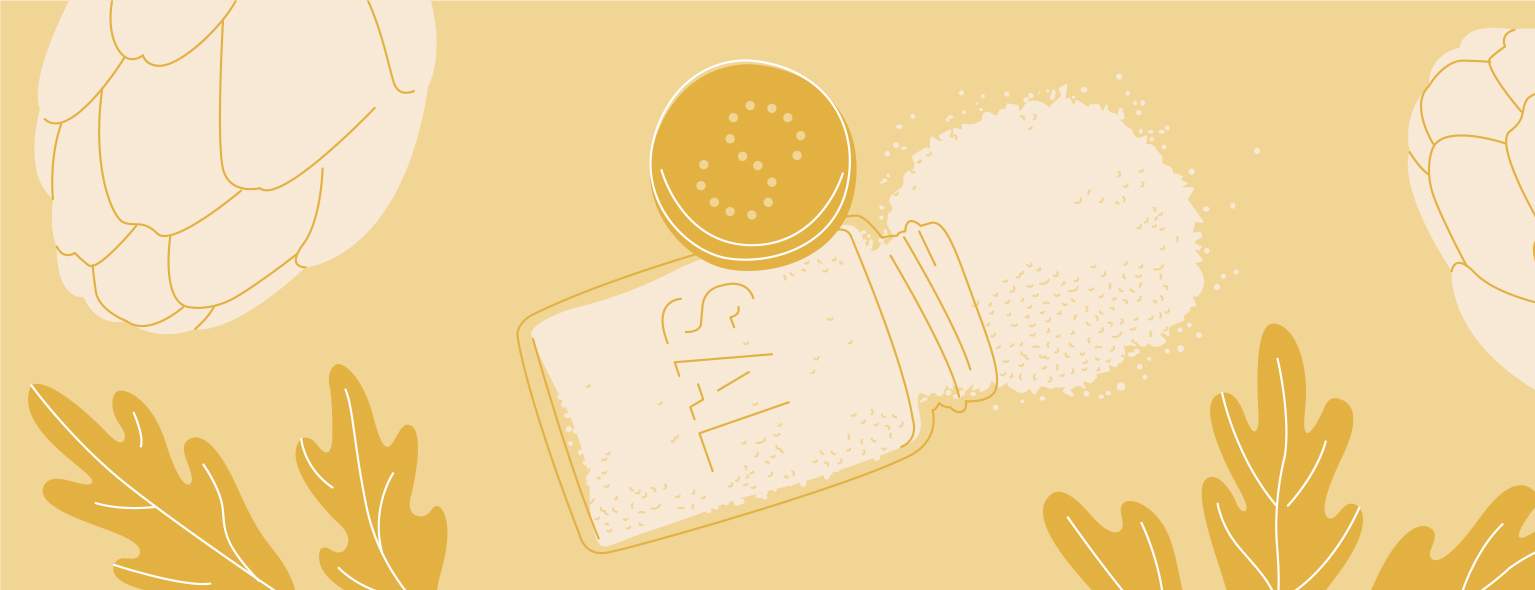
It’s true that #Cynara artichokes are unmatched, but you know what they say about what we grow tastes better. It must be due to our effort and dedication to obtain the best results. For this reason, today we will tell you how artichokes are grown, in case you want to try the experience.
Factors that affect the cultivation of artichokes
The weather
Good climatic conditions are critical in the cultivation of artichokes. We must remember that it is a winter vegetable and thrives with daytime temperatures of 75ºF and nighttime temperatures of 55ºF. The appropriate temperature range for a good harvest is between 45-84ºF. , always avoiding frost.
And what should we avoid? Well, during the cultivation period, it should be avoided at all costs that the plants are exposed to temperatures below 27ºF, as the harvest is in danger of being completely ruined.
Another factor that we must take into account has to do with hot and dry climates. This type of climate causes the leaves of the fruit to open quickly, destroying the tenderness, consistency and edible part of the fruit. This will cause our artichokes to taste bitter and be unattractive in appearance.
Soil
We are talking about a reasonably versatile plant that can adapt to many soils. But given a choice, because we all have our favorite corner, they prefer deep, sandy, fertile and well-drained soils.
Oh! And most importantly, these soils must be flat and free of weeds. Excess moisture doesn’t sit too well with our dear green friends either.
Enemies in the cultivation of artichokes
Bad weather or inadequate soil can weigh down our harvest. But in addition, some pests have the superpower to destroy artichoke crops. Some of them are the following:
Artichoke borer: larvae that enter the plant after biting its leaves. They walk along its stem and reach the inflorescences, killing them.
Aphids: different types attack the leaves, roots…and kill the plant.
Artichoke flea: they are another type of larvae that are in charge of devouring the leaves.
These are just three examples of the main artichoke threats. To combat them, it is important to pay attention to the plant at all times in case insecticides are necessary.
Artichoke cultivation: propagation
There are different ways to cultivate artichokes, the most obvious being the sowing of seeds, which is the way that is traditionally used for commercial cultivation.
The use of seeds allows annual cultivation. In addition, this allows the land to be renewed every year. Why is this important? To eliminate pests, improve production, etc. Likewise, genetic improvement offers a more attractive final product with a higher yield.
On the other hand, we find the multiplication by children. The suckers are usually selected in February and March from the mother plant. Then they are taken to specialized nurseries to grow. The plantations we get are homogeneous. However, the process is expensive.
Finally, another form of cultivation is multiplication by cuttings. This system is also the most frequent, especially in the Mediterranean, separating the rhizomes from the mother plant and cultivating them directly in the summer months.
Do you dare to grow artichokes or prefer #Cynara ready at your table?
 Skip to content
Skip to content






